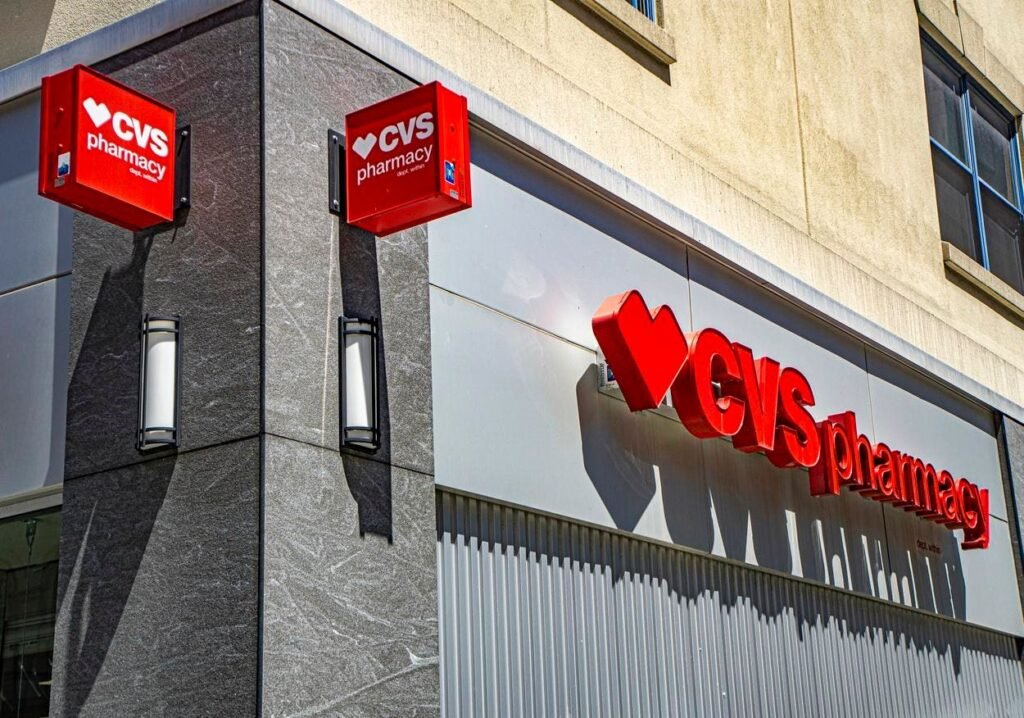CVS Health stock (NYSE: CVS) has seen a significant decrease, currently trading at $58 per share, which is 47% below its pre-inflation high of $110 in February 2022. In comparison, Walgreens stock has declined by 75% during the same period, driven by falling profitability. The underperformance of CVS stock can be attributed to declining margins due to higher medical costs. In order to return to its pre-inflation level, CVS stock would need to gain 90%, which may not happen anytime soon. This analysis provides a detailed look at CVS Health’s performance amid the turbulent market conditions of 2022, comparing it to its performance during the 2008 recession.
The performance of CVS stock has been volatile, with returns of 51% in 2021, -10% in 2022, and -15% in 2023. On the other hand, the S&P 500 saw returns of 27% in 2021, -19% in 2022, and 24% in 2023, indicating that CVS only underperformed the S&P in 2023. Beating the S&P 500 consistently has been a challenge for individual stocks in recent years, including those in the Health Care sector and mega-cap stocks such as GOOG, TSLA, and MSFT. In contrast, the Trefis High Quality Portfolio, composed of 30 stocks, has outperformed the S&P 500 each year over the same period, providing better returns with less risk.
Despite uncertainties in the macroeconomic environment, CVS stock may have room for growth from a valuation perspective. Estimating CVS Health’s valuation at $72 per share, representing over 20% upside from its current price of $58, based on a 9x P/E multiple and expected earnings of $7.72 per share for 2024. The 9x P/E ratio is slightly lower than the stock’s 10x average over the last five years.
A comparison of the current inflation shock to the 2007-2008 crisis reveals trends in CVS stock performance. CVS stock experienced a 30% decline between August 2008 and March 2009 during the 2008 crisis, followed by a surge to around $32 in early 2010. The S&P 500 saw a 51% decline during the same period. CVS Health’s revenue has increased from $292 billion in 2021 to $361 billion in the last twelve months, driven by prescription volume, pharmacy claims, and drug price inflation. However, the company’s operating margin has fallen, and its debt-to-equity ratio indicates a less robust financial position.
Looking ahead, with the Federal Reserve’s efforts to control inflation rates boosting market sentiment, CVS stock may see gains once fears of a potential recession subside. However, higher medical costs remain a key risk factor for CVS in the near term. The company has lowered its full-year earnings outlook for 2024, primarily due to expected higher medical costs. While a rebound to over $100 levels may not happen soon, CVS stock appears attractive from a valuation perspective, trading at 7.5x forward expected earnings compared to its 10x average P/E over the last five years.












